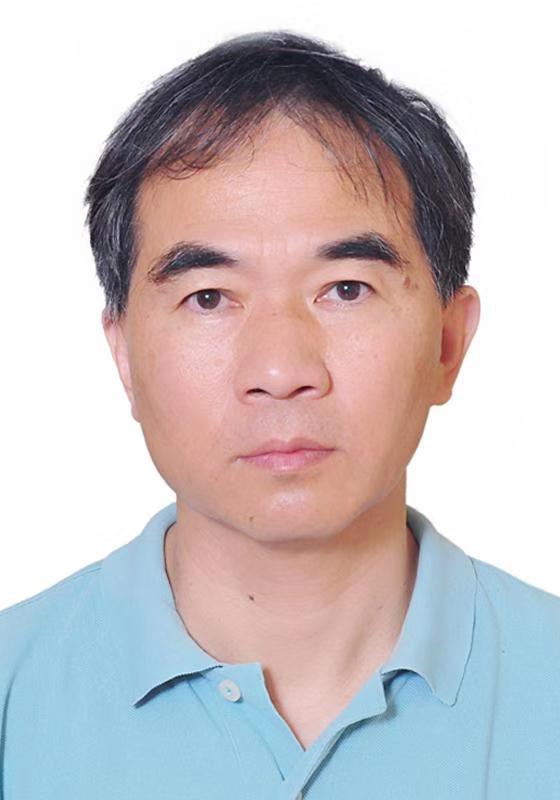Title | Orbital Selective Superconductivity in Iron-based Superconductors |
Speaker |
Prof. Pengcheng Dai Rice University, USA | 
|
Time | 10:00am, September 12, 2019 |
Place | Exhibition Hall at the HFNL building |
| Brief Bio of the Speaker | Pengcheng Dai obtained his B.S. in 1984 from Zhengzhou University and his Ph. D in 1993 from University of Missouri. He did 3 years postdoc at Oak Ridge National Laboratory (ORNL) after graduation, and became a staff member at ORNL from 1996 till 2001. In 2001, he moved to The University of Tennessee as an associate professor, obtained Tenure in 2003, and became a full professor in 2006. In 2008, he was promoted to Tennessee Advanced Materials Laboratory chair professor. In 2013, he moved from The University of Tennessee to Rice University, and is currently a professor of physics at Rice. He is now a visiting professor at Beijing Normal University. Prof. Dai is an experimentalist in condensed matter physics. His work focuses on using neutron as a probe to study strongly correlated electron materials. He also operates a materials laboratory at Rice, focusing on growing some of the most interesting correlated electron materials. His group’s current focus is on understanding the microscopic origin of unconventional superconductivity, including copper oxide, iron pnictides, and heavy Fermion superconductors. In addition to studying superconductors, Prof. Dai is also interested in study magnetic properties of various other strongly correlated electron materials. He is an APS, AAAS, and NSSA fellow, and won sustained prize of the Neutron Scattering Society of America in 2016. He is currently a divisional associate editor of PRL. He has published about 260 papers with an isi citation of >13000 and google citation of > 20700. |
Abstract | Superconductivity in iron-based superconductors emerges from long-range ordered antiferromagnetic phase with nematic order that breaks four-fold rotational symmetry of the underlying lattice. In spite of considerable work over the past decade, much is unclear concerning the microscopic origin of superconductivity and its relationship with magnetism, nematicity, and orbital order. In this talk, I will summarize our recent inelastic neutron scattering studies of iron-based superconductors, focusing on studying the relationship between magnetism, nematic order, and superconductivity. We find that orbital selective magnetic excitations and superconductivity are central to a microscopic understanding of these materials. |
